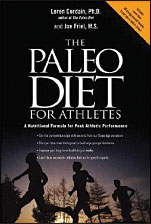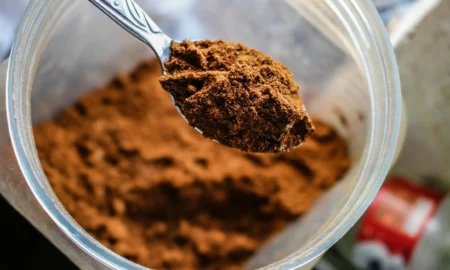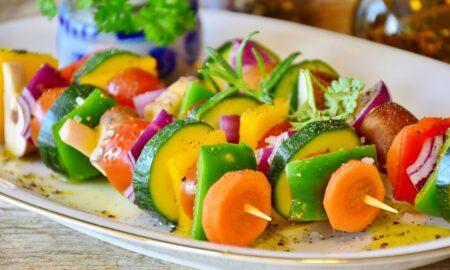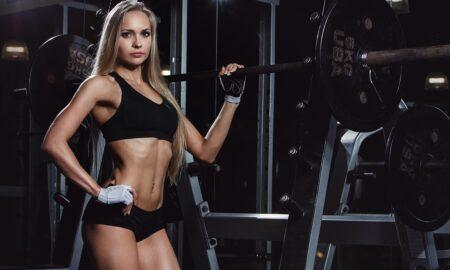 Paleo is short for Paleolithic, meaning of or relating to the Stone Age. Various studies, as well as anecdotal evidence, suggest that the way the cavemen ate is not only healthful but improves athletic performance as well. In The Paleo Diet for Athletes authors Loren Cordain, Ph.D., and Joe Friel, M.S., fully explain the whys and hows of the primal eating regimen.
Paleo is short for Paleolithic, meaning of or relating to the Stone Age. Various studies, as well as anecdotal evidence, suggest that the way the cavemen ate is not only healthful but improves athletic performance as well. In The Paleo Diet for Athletes authors Loren Cordain, Ph.D., and Joe Friel, M.S., fully explain the whys and hows of the primal eating regimen.
The Paleo diet in a nutshell: “You can eat as much lean meat, poultry, seafood, fresh fruit and veggies as you like. Foods that are not part of the modern-day Paleolithic fare include cereal grains, dairy products, high-glycemic fruits and vegetables, legumes, alcohol, salty foods, fatty meats, refined sugars and nearly all processed foods.” There are exceptions to those rules, and the authors explain them throughout the book.
The good news for bodybuilders is that the Paleo eating plan is high in protein and medium to low in carbohydrates. The bad news is that dairy products are shunned, which means no whey protein supplements. The authors talk mostly about how the diet works for endurance athletes, so perhaps whey protein supplements for bodybuilders would be an exception.
It’s interesting to see the Paleo diet compared to a standard USDA food pyramid diet. The Paleo eating plan blows it away in terms of nutrient density, protein totals—almost double—and good fats.
The first few chapters discuss eating before and after exercise; however, once again it’s from an endurance-athlete perspective. Nevertheless, bodybuilders can learn a lot from the advice, such as proper hydration and how pre- and postworkout meals affect performance and recovery.
Other bodybuilding-relevant topics include a new look at lactic acid and how it does not cause fatigue but acts as muscle fuel, the cause and prevention of muscle cramps, maintaining muscle glycogen stores, rebuilding muscle tissue, supplements and overtraining.
The latter chapters include “The Training Table,” which lays out the steps to help you integrate a Paleo diet into your lifestyle.You’ll also find an entire section of recipes that adhere to the Paleo guidelines.
While the book isn’t written for bodybuilders, those seeking muscle will find a lot of pertinent info for improving anabolism and health. After all, shouldn’t the bodybuilding lifestyle be about health first?




















You must be logged in to post a comment Login